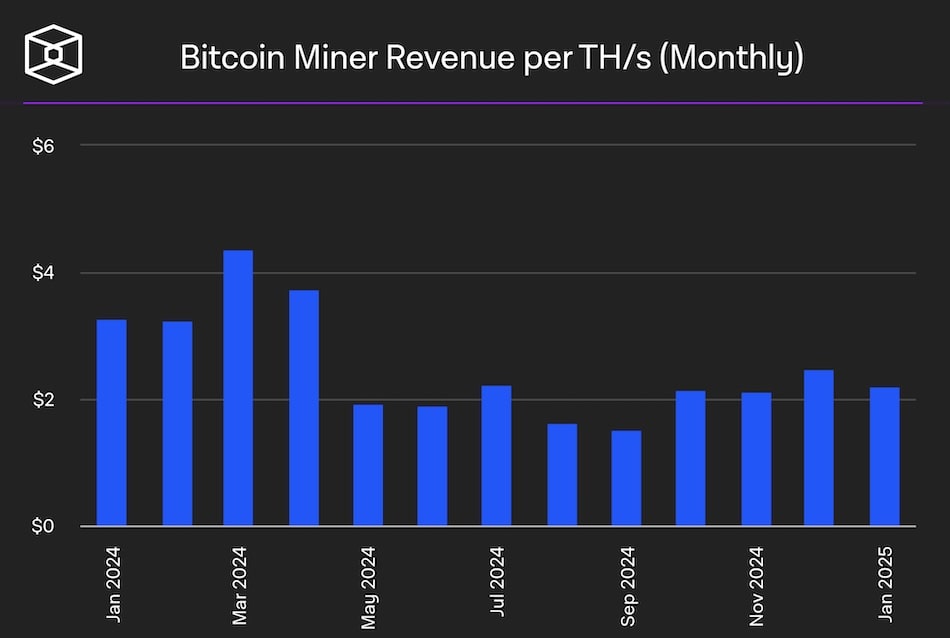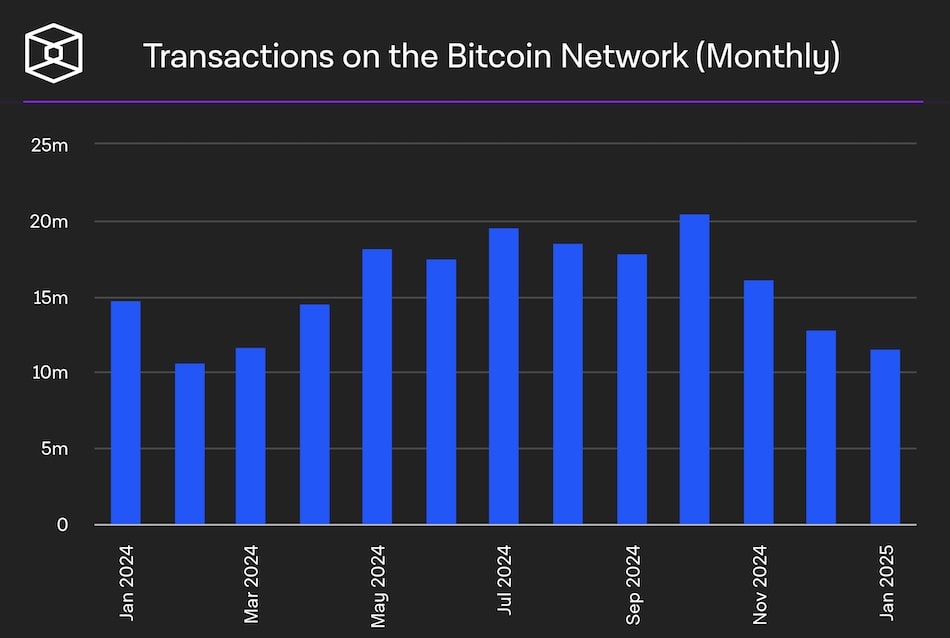
Key Takeaways
- Bitcoin's mining difficulty dropped for the first time since September.
- Cold weather raised energy costs, making mining less profitable.
- U.S. miners are shifting some computing power to AI and HPC workloads.
An Arctic blast in January drove temperatures down across the southern U.S., leading to higher electricity prices.
As a result, Bitcoin mining firms struggled to operate profitably, triggering a downward difficulty adjustment on January 27, 2025.
This marks the first difficulty drop in four months, according to Bitcoin mining firm Luxor.
U.S. mining hashrate affected
The U.S. accounts for 36% of the global Bitcoin mining hashrate, with Texas contributing nearly half that share, Luxor estimates.
The recent cold weather increased demand for natural gas while reducing renewable energy efficiency, making electricity more expensive and mining less profitable.
Miner revenue per terahash fell slightly in January compared to December, according to The Block’s data.
Miners seek alternative revenue
Companies like Riot Platforms, which runs the largest Bitcoin mining operation in the U.S., are increasingly diversifying their operations.
Many firms are allocating computing power to AI and high-performance computing to offset mining challenges.
Analysts predict recovery
Luxor analysts expect the difficulty to return to its usual trajectory as temperatures stabilize.
They stated:
Colder weather in the U.S. is a temporary disruption, and we expect hashrate stability to improve as temperatures normalize.




